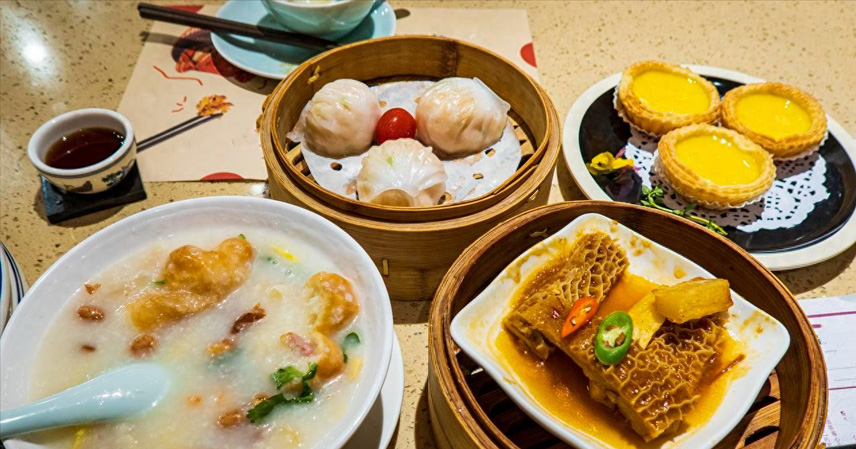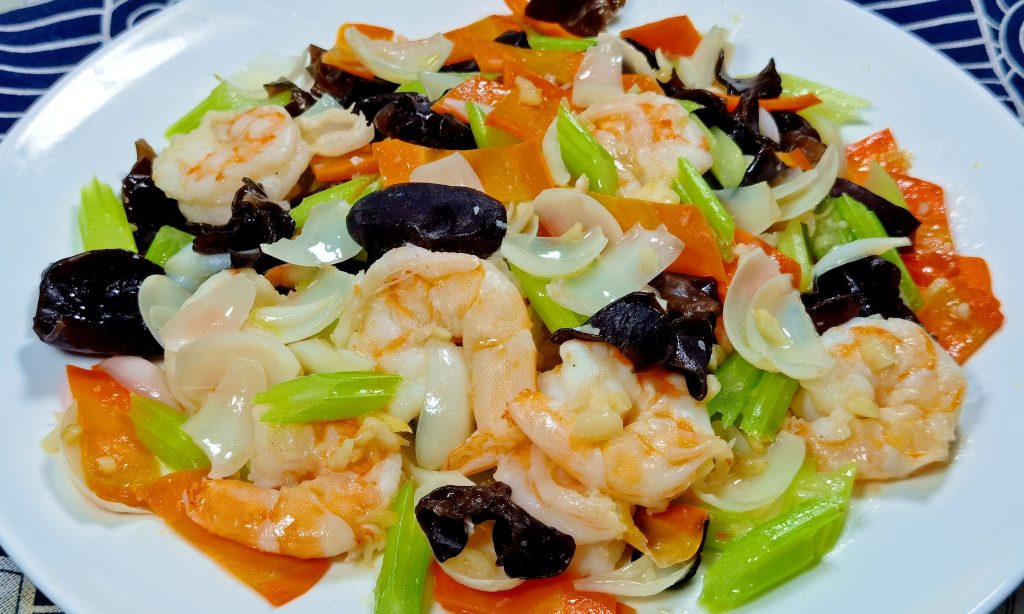When it comes to Guangzhou’s culinary scene, dim sum was once the city’s proudest calling card. A pot of tea, a few baskets of steaming delicacies, and locals could savor a leisurely morning. Crystal-clear shrimp dumplings, fluffy and fragrant char siu buns, and silky rice rolls bursting with flavor delighted both residents and tourists, drawing countless visitors to “check in” at iconic tea houses.
But in recent years, Guangzhou’s dim sum reputation has taken a nosedive. Social media buzzes with claims that “Guangzhou locals no longer visit tea houses.” Has dim sum truly lost its charm? Locals are heartbroken, saying, “Guangzhou’s dim sum has completely changed—it’s all pre-cooked, overpriced, and awful.” How did this beloved tradition fall so far? Let’s dive into the reasons.
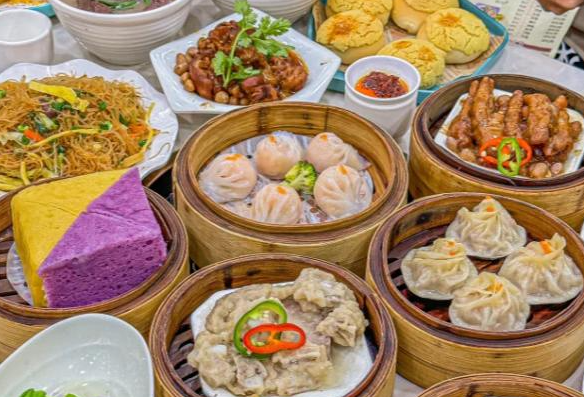
1. 90% Pre-Cooked Dishes: The Art of Handmade Dim Sum Is Gone
In the past, Guangzhou’s tea house chefs rose at 3 or 4 a.m. to craft dim sum fresh. Shrimp dumpling skins were hand-rolled, char siu fillings stir-fried daily, and rice roll batter ground on-site. Each dish carried the “wok hei” (freshly cooked essence) and vibrant taste of tradition.
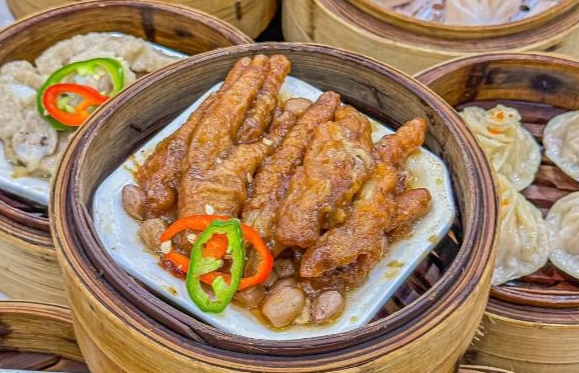
Now, to cut costs, most tea houses have abandoned this craft for central kitchen-delivered frozen pre-cooked dishes. Frozen shrimp dumplings, siu mai, char siu buns, and sticky rice chicken—often prepared months in advance—are simply reheated at the restaurant. A 20-year veteran dim sum chef sighed, “Which tea house still makes dim sum fresh? It’s all pre-cooked, steamed for a set time—no trace of ‘wok hei’ left.”
2. Flavor Fades: A Shadow of Its Former Glory
Locals cherish dim sum for its freshness and texture. Shrimp dumplings once had thin, translucent skins and crisp shrimp; siu mai offered firm, fragrant meat; char siu buns were soft, with sweet, balanced fillings. But pre-cooked versions have ruined this. Shrimp dumplings now have sticky skins and mushy, waterlogged shrimp due to freezing. Char siu buns are soggy, overly sweet, and masked with cheap sauces to hide staleness.
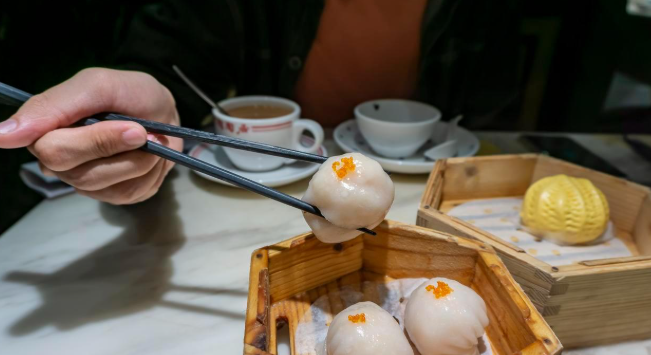
One local vented, “Old shrimp dumplings went ‘pop’ with a springy bite; now they’re a ‘pfft’—soft and lifeless.” The decline in quality has left diners longing for the past.
3. Shrinking Portions: Less Food, Less Satisfaction
Portions are dwindling too. Shrimp dumplings used to come four per basket; now, many tea houses serve three. Siu mai has followed suit, with smaller pieces. Rice rolls, once wide and thick, are now paper-thin with scant fillings.
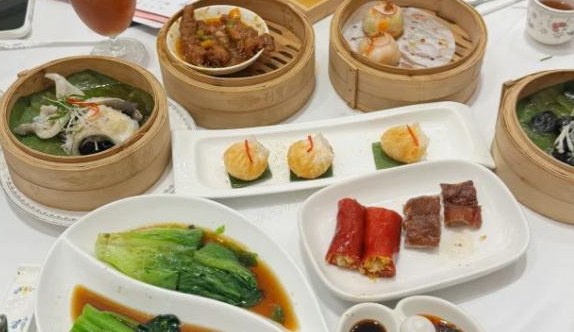
A group of three women complained online, “We ordered eight baskets and still weren’t full!” Some tea houses even charge extra for soy sauce or chili paste, eroding dim sum’s once-stellar value for money.
4. Skyrocketing Prices: No Longer Affordable
Dim sum was once a steal—30–40 RMB per person for a feast. Now, prices have soared, with 100 RMB barely covering a meal. Shrimp dumplings have jumped from 15 RMB for four (fresh) to 28 RMB for three (frozen). Char siu buns rose from 4 RMB to 15 RMB, and rice rolls from 10 RMB to 20 RMB, often with half the portion.
Locals gripe, “A casual meal for two now costs 200–300 RMB. For that, I’d rather eat Hunan cuisine—80 RMB per person and I’m stuffed!”
Conclusion: A Tradition at Risk
Guangzhou’s dim sum decline isn’t random—it’s the result of over-commercialization, cost-cutting, and quality erosion. If tea houses keep cutting corners, dim sum risks becoming a hollow gimmick for out-of-town tourists. What’s your take on this fading culinary icon?
References:
- Consumer reviews on Chinese social media platforms
- Reports on Guangzhou’s culinary trends and dim sum industry

